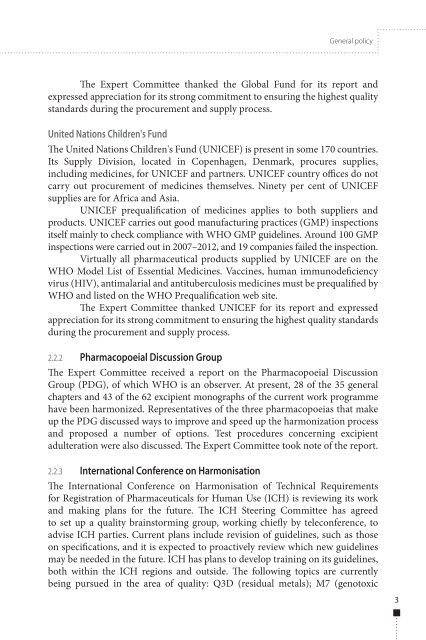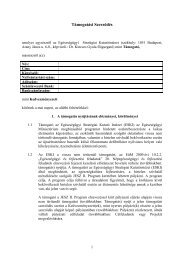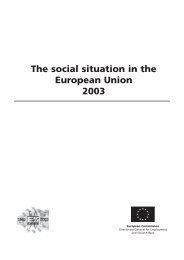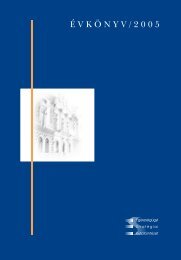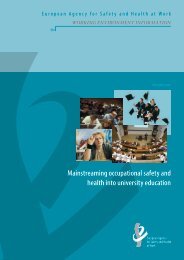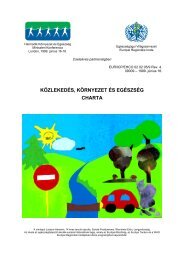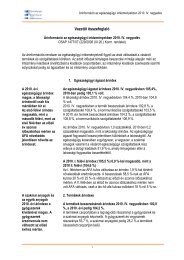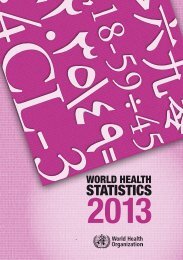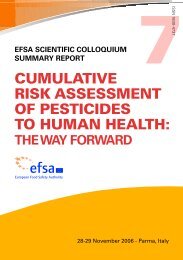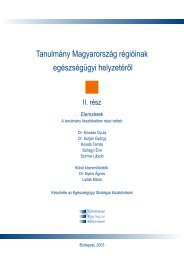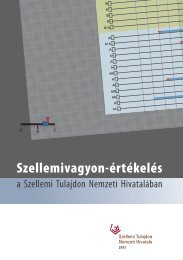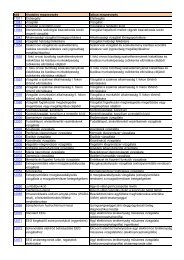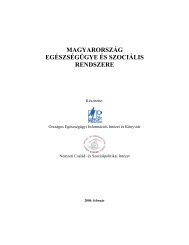WHO Technical Report Series, No. 981 - World Health Organization
WHO Technical Report Series, No. 981 - World Health Organization
WHO Technical Report Series, No. 981 - World Health Organization
Create successful ePaper yourself
Turn your PDF publications into a flip-book with our unique Google optimized e-Paper software.
General policy<br />
The Expert Committee thanked the Global Fund for its report and<br />
expressed appreciation for its strong commitment to ensuring the highest quality<br />
standards during the procurement and supply process.<br />
United Nations Children's Fund<br />
The United Nations Children's Fund (UNICEF) is present in some 170 countries.<br />
Its Supply Division, located in Copenhagen, Denmark, procures supplies,<br />
including medicines, for UNICEF and partners. UNICEF country offices do not<br />
carry out procurement of medicines themselves. Ninety per cent of UNICEF<br />
supplies are for Africa and Asia.<br />
UNICEF prequalification of medicines applies to both suppliers and<br />
products. UNICEF carries out good manufacturing practices (GMP) inspections<br />
itself mainly to check compliance with <strong>WHO</strong> GMP guidelines. Around 100 GMP<br />
inspections were carried out in 2007–2012, and 19 companies failed the inspection.<br />
Virtually all pharmaceutical products supplied by UNICEF are on the<br />
<strong>WHO</strong> Model List of Essential Medicines. Vaccines, human immunodeficiency<br />
virus (HIV), antimalarial and antituberculosis medicines must be prequalified by<br />
<strong>WHO</strong> and listed on the <strong>WHO</strong> Prequalification web site.<br />
The Expert Committee thanked UNICEF for its report and expressed<br />
appreciation for its strong commitment to ensuring the highest quality standards<br />
during the procurement and supply process.<br />
2.2.2 Pharmacopoeial Discussion Group<br />
The Expert Committee received a report on the Pharmacopoeial Discussion<br />
Group (PDG), of which <strong>WHO</strong> is an observer. At present, 28 of the 35 general<br />
chapters and 43 of the 62 excipient monographs of the current work programme<br />
have been harmonized. Representatives of the three pharmacopoeias that make<br />
up the PDG discussed ways to improve and speed up the harmonization process<br />
and proposed a number of options. Test procedures concerning excipient<br />
adulteration were also discussed. The Expert Committee took note of the report.<br />
2.2.3 International Conference on Harmonisation<br />
The International Conference on Harmonisation of <strong>Technical</strong> Requirements<br />
for Registration of Pharmaceuticals for Human Use (ICH) is reviewing its work<br />
and making plans for the future. The ICH Steering Committee has agreed<br />
to set up a quality brainstorming group, working chiefly by teleconference, to<br />
advise ICH parties. Current plans include revision of guidelines, such as those<br />
on specifications, and it is expected to proactively review which new guidelines<br />
may be needed in the future. ICH has plans to develop training on its guidelines,<br />
both within the ICH regions and outside. The following topics are currently<br />
being pursued in the area of quality: Q3D (residual metals); M7 (genotoxic<br />
3


